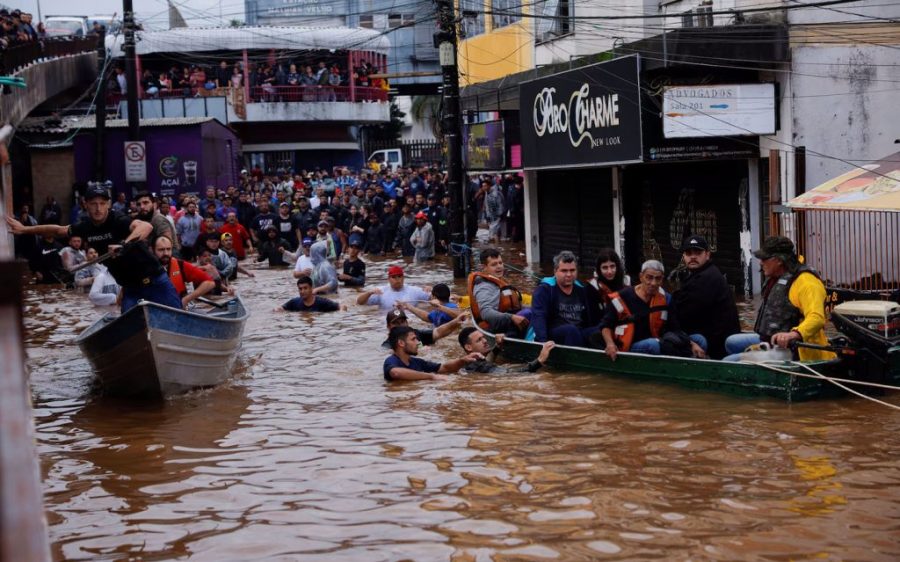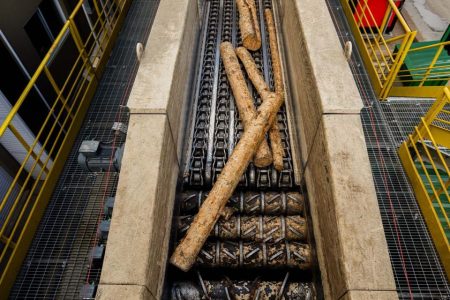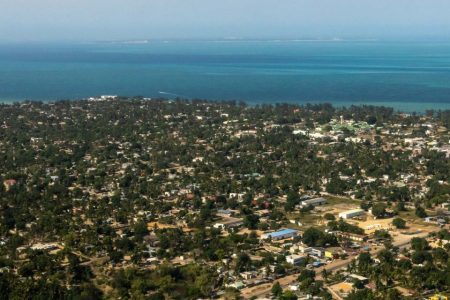Rescue efforts in the southern state of Rio Grande do Sul intensified as flood waters rose anew on Monday, two weeks into what Brazilian President Luiz Inácio Lula da Silva called “a catastrophe for which we were not prepared.”
Reports say at least 147 people are dead and more than 800 injured in the ongoing disaster with another 127 missing. Of the 2 million people impacted in the state, more than 620,000 have been displaced from their homes, with some 81,000 people seeking refuge in schools, gymnasiums and other temporary shelters. Hundreds of communities, as well as part of the state capital Porto Alegre, have been underwater for days after multiple rivers broke their banks and inundated the surrounding areas.
President Lula delayed a scheduled trip to Chile to focus on the disaster and is expected to visit the region for the third time on Wednesday. Congress has passed a 50.9 billion reais (US$9.92 billion) relief and reconstruction package.
[See more: Catastrophic flooding kills dozens in Brazil]
For now, the focus remains on providing desperately needed aid and reaching those still trapped by flood waters. More than 70,000 people and 10,000 animals have been rescued so far by local and federal workers, with volunteers using everything from earth movers to borrowed kayaks to ferry people to higher ground.
Aid workers are also delivering food, drinking water, medicine and clothing – much of it donated – to displaced residents. With the international airport in Porto Alegre closed indefinitely the armed forces have stepped in, with military aircraft bringing in 25 tons of donations to Canoas Air Base on Wednesday. Navy vessels arrived in the capital on Saturday with additional aid and water treatment facilities capable of purifying 20,000 litres of water an hour.
While government authorities and volunteers contend with what is needed in the near-term, long-term plans to mitigate future disasters remain ill defined. Rio Grande do Sul is not the only region of Brazil to face unprecedented natural disasters this year as El Niño exacerbates the worst effects of climate change, and it will not be the last.






